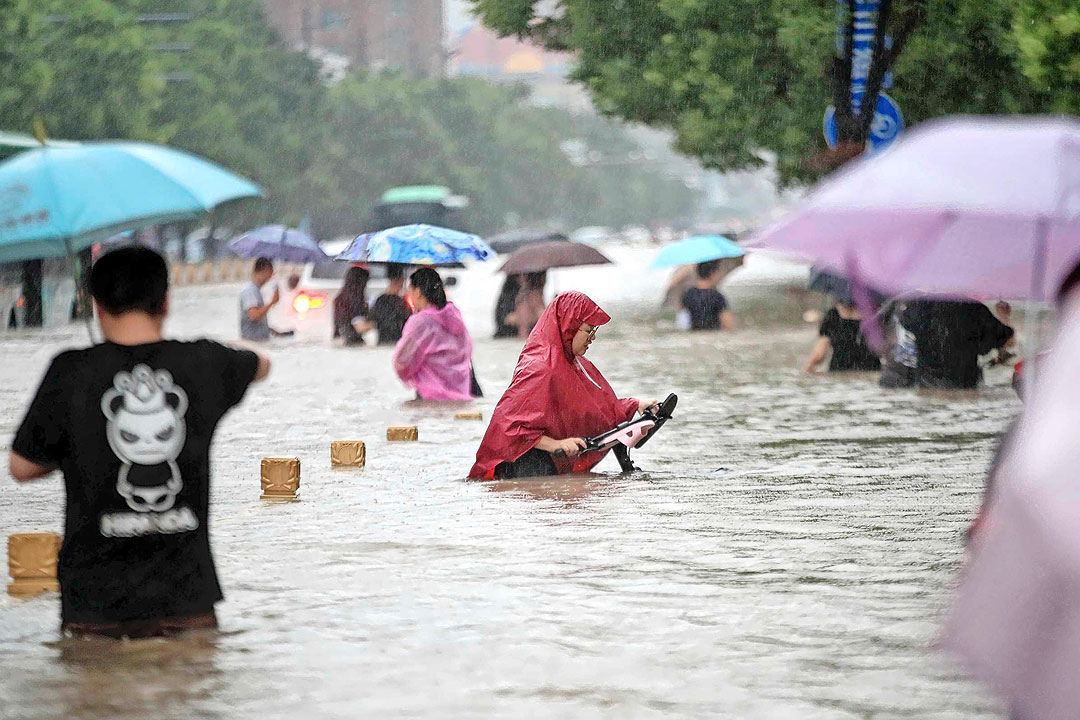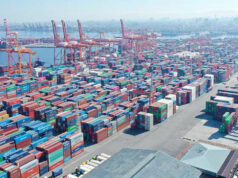
THE Association of Southeast Asian Nations (ASEAN) is missing out on regional collaboration opportunities for climate finance, the Asian Development Bank (ADB) said in a study.
“There is massively underused potential for subregional collaboration in climate finance under ASEAN leadership,” the bank said.
The ADB said that such projects could help ASEAN countries reach their nationally determined contribution climate goals.
Increasing the visibility of flagship projects will also increase the capacity of member states to develop bankable projects and access international funding.
“ASEAN has been working to harmonize guidelines for financing project loans, such as the ASEAN Taxonomy for Sustainable Finance and the ASEAN Green Bond Standards, to provide the subregion with a common language for communicating their climate vision to a wide range of investors so they can play more critical roles in filling the financial gaps in the future,” the ADB said.
Meanwhile, climate budget tagging or climate change expenditure tagging, which countries use to account for financial flows, will enable governments to determine and prioritize adaptation initiatives with the most impact as investment information becomes public.
Budget tagging will also increase the capacity of the public-private partnership funding system.
The ADB cited the ASEAN Climate Finance Mobilization and Access Strategy currently under development. The strategy will “harmonize the use of more bottom-up and peer-to-peer sharing of tools and frameworks for tracking finance flows in the subregion.”
However, ASEAN faces multiple challenges in increasing adaptive financing due to uneven budgeting and limited private contributions.
“Southeast Asia is also faced with the issue of uneven adaptation-mitigation funding, limiting the countries’ capacity to reverse the effects of climate change and to make their vulnerable populations more climate resilient,” ADB said.
Lenders still find adaptation financing risky due to the long planning and implementation period, as well as the small scale of projects.
Financial institutions are also displaying a preference for mitigation financing due to quicker returns on investment, apparent climate-related impact, and more favorable market conditions.
“Their involvement will help in tapping new adaptation-related business opportunities, such as in developing markets for new goods and services that support the strengthening of climate resilience, and designing financing mechanisms and business models for the implementation of adaptation priorities,” the ADB said.
The region is also lacking in institutional readiness and prioritization in adaptation financing.
“Southeast Asian countries should regard adaptation as an extension of sustainable development practices intended to build resilience and minimize the costs of emissions that have been locked into the climate system,” the ADB said.
“The window of opportunity for addressing the climate crisis is rapidly shrinking, and governments must consider further efforts to rebalance the risks to shareholders with the urgency of responding to the climate adaptation needs of the most vulnerable countries,” the ADB said. — Aaron Michael C. Sy



